Seakeeper 2 Installation Manual (90488-4); S/N 2-232-1564 to Current
3.0 Electrical Installation
3.1 Electrical Installation Introduction
This section for electrical installation explains how to mount the electrical equipment and how to connect the electrical cables.
Reference Documents & Drawings:
- 90469 – Seakeeper 2 Hardware Scope of Supply
- 90470 – Seakeeper 2 Cable Block Diagram
- 90558 – ConnectBox Helm Mounting Kit
- TB-90191 Seawater Cooling Pump Recommendations
- TB-90575 – DC Installation Kits
- TB-90621 – Seakeeper Battery Sizing Recommendations
- TB-90640 – ConnectBox Connection Requirements
- Seakeeper MFD Compatibility Technical Bulletins
- Optional 5″ Touch Display
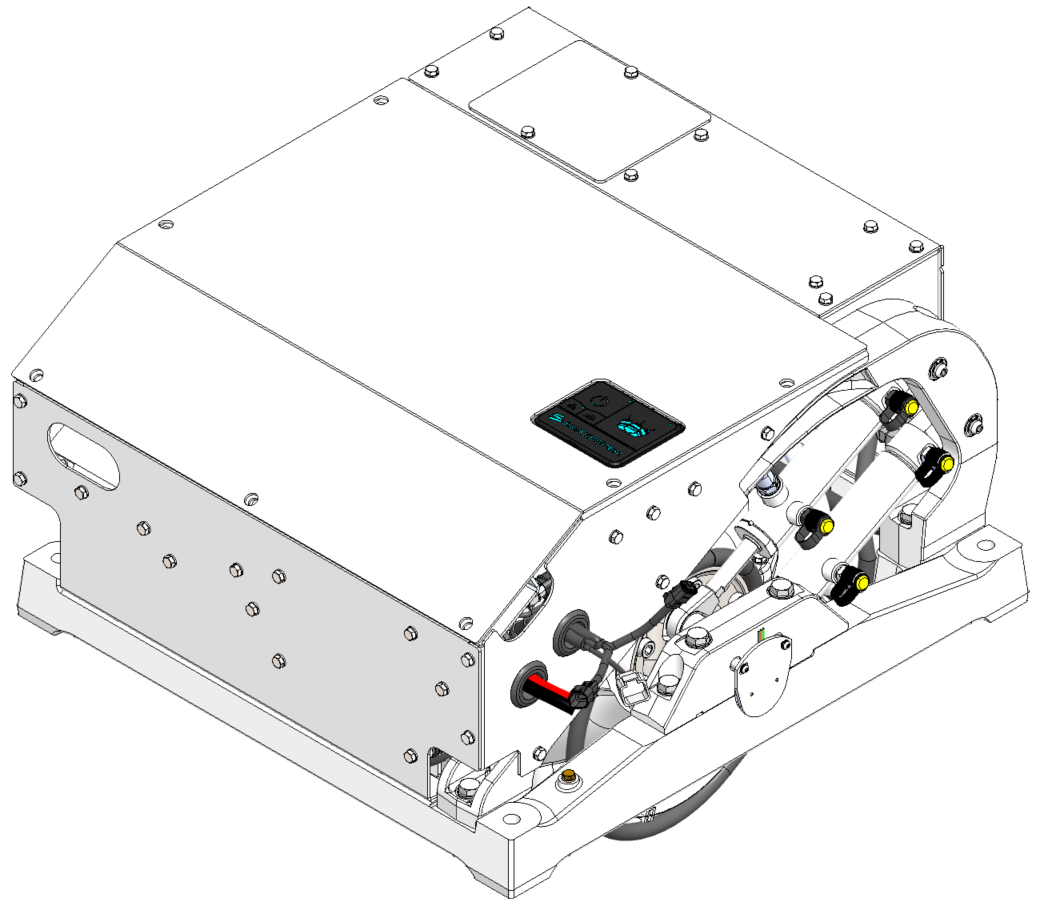
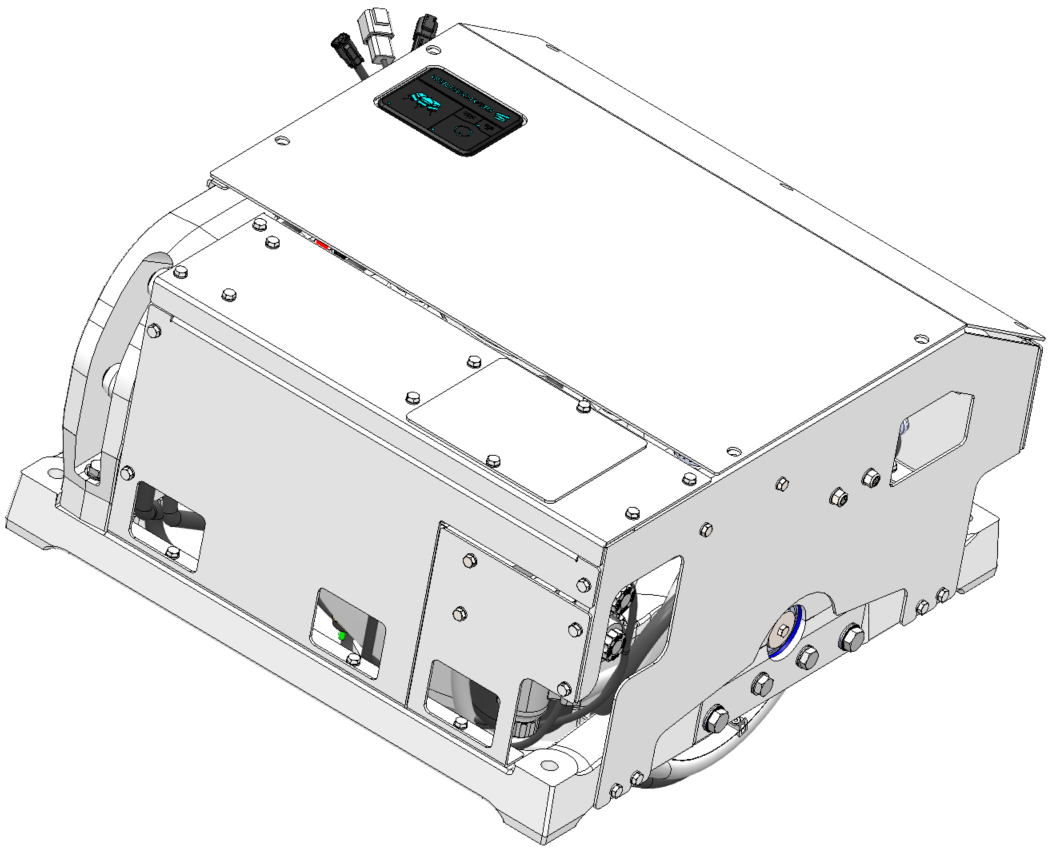


P/N 20248

Input Cable, P/N 30327
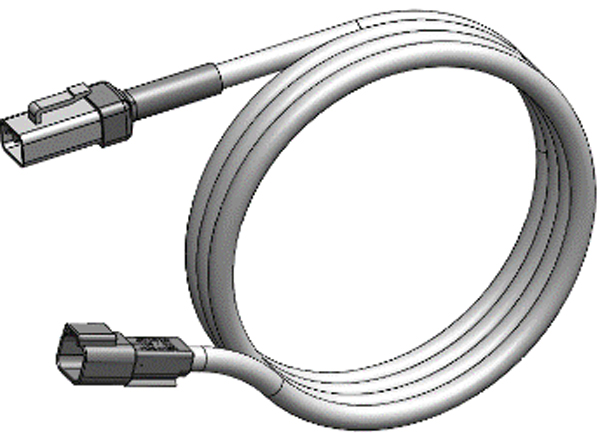
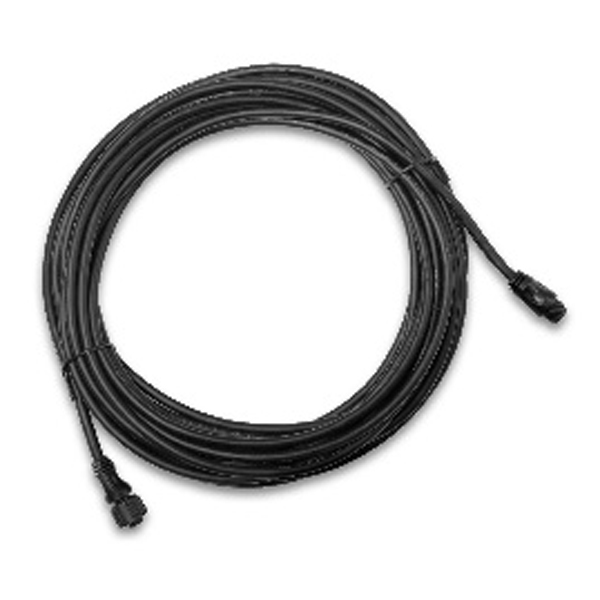

19.7 ft (6 m), P/N 30332
Figure 10 – Electrical Equipment for Seakeeper 2
3.2 Electrical Equipment Power Connections
3.2.1 High Current 12 V Power Input
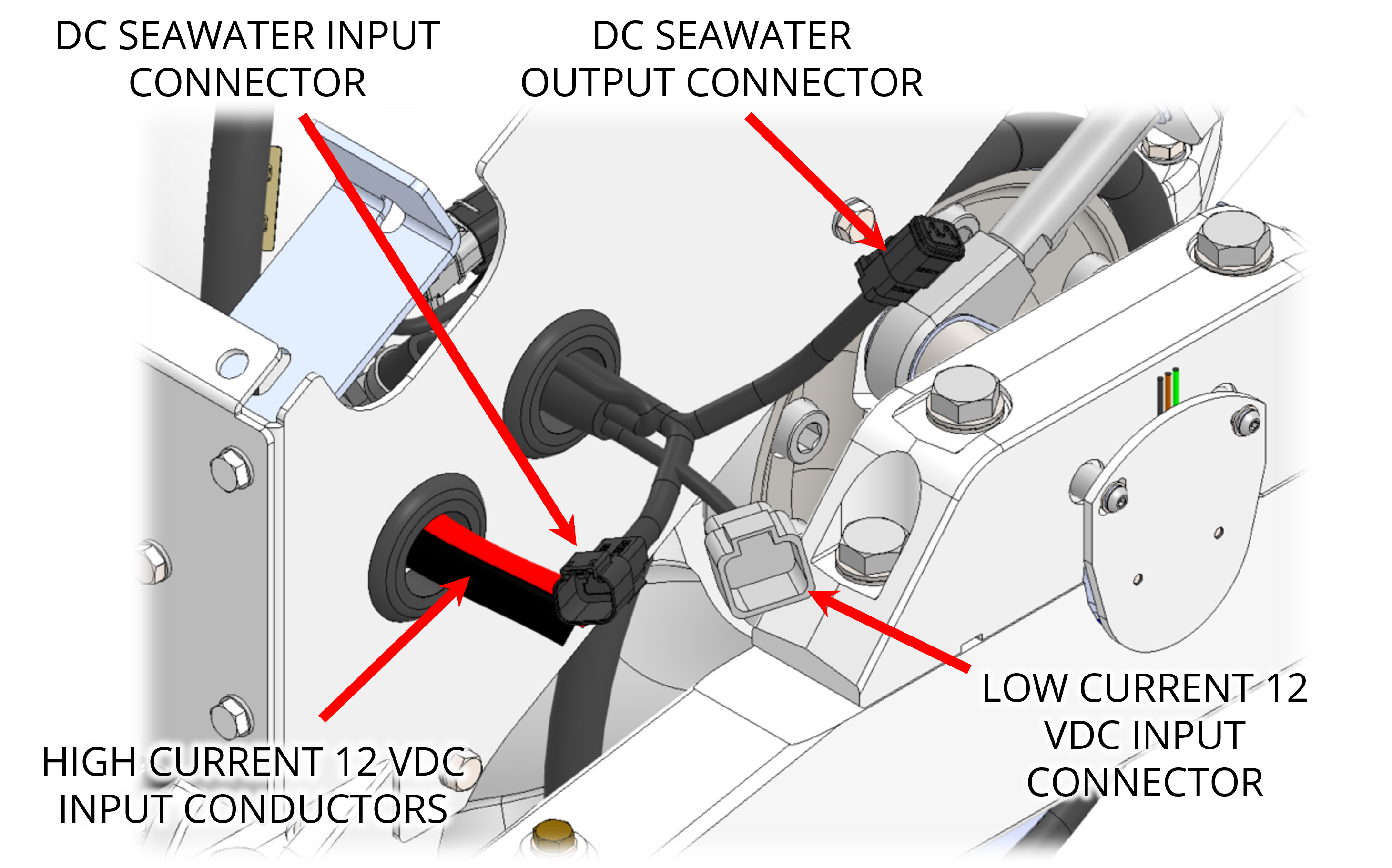
High Current 12 VDC Power Source Requirements
| Source | Battery Bank, 12 VDC, Marine, Deep Cycle (AGM battered recommended) |
| Voltage Range | 10 – 15 VDC |
| Continuous Current | 75 A |
| Overcurrent Protection | 100 A (Customer Supplied) |
High Current 12 VDC Power Connection Instructions
- High Current 2 AWG conductors connect the Seakeeper to the DC source are supplied as length 13ft (4 m). Approximately 3 ft (1 m) is routed inside the Seakeeper frame.
- If installing cables NOT provided by Seakeeper, ensure the folowing:
- Cable lengths do not exceed 29.5 ft (9 m)
- Cable gauge is 2 AWG or larger
- Cables bound together but not coiled
- When connecting aftermarket cables to the Seakeeper motor drive, observe the following:
- Ensure terminal stacks include flat washers, split-lock washers, and hex head screws that came with the Seakeeper.
- Torque battery terminal screws to 97 in-lbs (11 Nm).
- Verify lock washers seated flat and lugs cannot rotate (See Figure 12A).
- If installing cables NOT provided by Seakeeper, ensure the folowing:
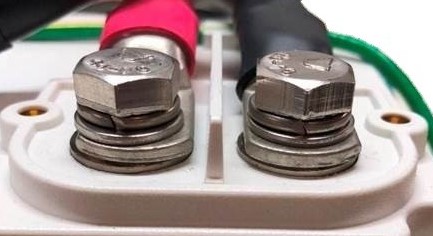
- Conductor length may be increased, but changing from 2 AWG to larger wire size does not allow longer length than 30 ft (9 m) each. The length limit is required to limit the inductance from the high current conductors.
- Use the shortest length and most direct route to the battery bank as possible.
- Bind positive (B+, red) & negative (B-, black) conductors together throughout entire length and do not coil.
- Connect positive conductor (B+, red) through dedicated over-current protection device (customer supplied) and a dedicated isolation switch (customer supplied) then directly to battery positive terminal.
- Connect negative conductor (B-, black) directly to battery negative terminal.
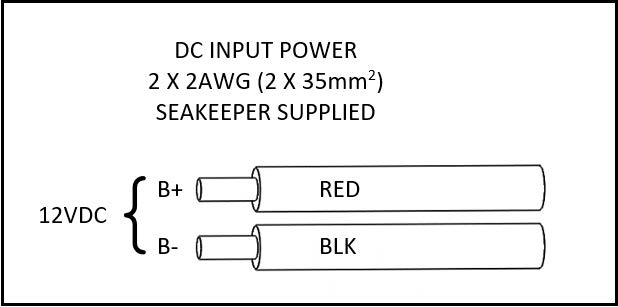
- If the 2 AWG high current 12 V power input conductors are shortened or lengthened, use heavy-duty eyelet (closed end) terminal such as Molex 19221-0235 and follow instructions on Seakeeper Drawing No. 90470 – Seakeeper 2 Cable Block Diagram, sheet 2.
- The bare wire strands should extend fully into the barrel of the heavy-duty eyelet and be crimped in two places if possible then sealed with double-wall heat shrink tubing. Crimp heavy-duty terminals with Quick Cable 4245 Crimp Tool, Molex 19284-0034 Crimp Tool, or equivalent using manufacturer’s instructions.

3.2.2 Low Current 12 V Power Input
Low Current 12 VDC Power Source Requirements
| Source | Battery Bank, 12 VDC, Marine, Deep Cycle |
| Alternate Source | Power Supply / Battery Charger, 12 VDC |
| Voltage Range | 11 – 15 VDC |
| Continuous Current | 9 A |
| Overcurrent Protection | 15 A (Customer Supplied) |
Low Current 12 VDC Power Connection Instructions
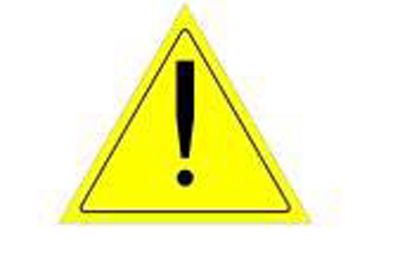
Reversing polarity on the DC power input to the Seakeeper can result in damaging the electronics in the control system.
- Install Seakeeper-provided Low Current DC Power Input Cable, (P/N 20248) to battery bank.
- Connect control power positive conductor (B+, red) through dedicated over-current protection device (customer supplied) and a dedicated Seakeeper isolation switch (customer supplied). A 2AWG, B+ conductor (red), is capable of carrying the current for both the High Current, Low Current, and Seawater Pump from the 12VDC power supply to the dedicated battery isolation switch.
- Connect negative conductor (B-, black) directly to battery minus terminal or negative DC bus bar.
- Before connecting Low Current Power Cable to Seakeeper, check for proper voltage and polarity with a DC multimeter using Figure 14 below.

When energizing DC power the first time, if display does not power up immediately then disconnect and inspect connector polarity.
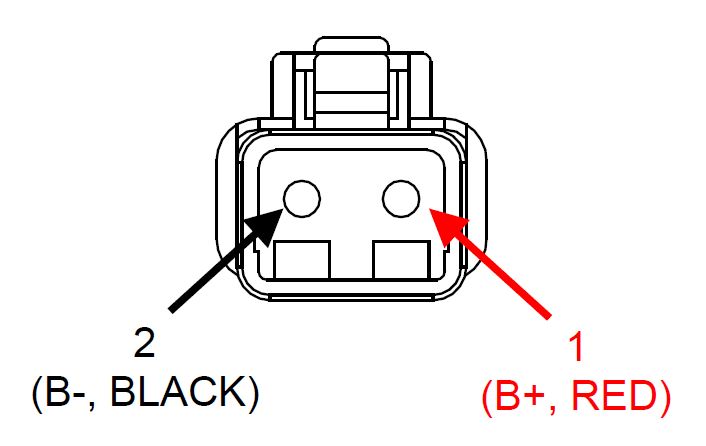
- Connect low-current control power cable to Low Current 12 VDC power input connector on the Seakeeper, Deutsch DTP04-2P connector.
3.2.3 DC Seawater Pump 12 V Power Output
DC Seawater Pump 12 VDC Power Source Specifications
| Source | 12 VDC from the Seakeeper |
| Voltage Range | 10 – 15 VDC |
| Continuous Current | On-demand, typically ~10 A |
| Overcurrent Protection | Per pump specification, max 15 A |
DC Seawater Pump 12 VDC Power Input Connection Instructions
- Located the Seawater Pump Power Input Cable (P/N 30327) for Seakeeper 2 “SW Pump DC In” connection on Seakeeper 2 wire harness (as shown in Drawing No. 90470).
- Connect the 16 AWG positive conductor (red) through dedicated overcurrent protection device (customer-supplied), maximum of 15A, to dedicated battery isolation switch.
- The High Current, 2AWG B+ conductor (red), is capable of carrying the current for both the High Current, Low Current, and Seawater Pump from the 12VDC power supply to the dedicated battery isolation switch.
- Connect the 16 AWG negative conductor (black) directly to battery negative terminal or DC main negative bus bar.
- Before connecting the SW Pump Power Input Cable to the Seakeeper 2, check for proper voltage and polarity with a DC multimeter using Figure 15 below.
- Connect SW Pump Power Input Cable to Seawater Pump 12 VDC In connector on the Seakeeper, DEUTSCH DT04-2P connector.

Seawater Pump 12 VDC Power Output Connection Instructions
- Locate the Seawater Pump Power Output Cable (P/N 20334) for “SW Pump 12VDC Out” connection on Seakeeper 2 wire harness (as shown in Drawing No. 90470).
- Pumps rated at 12 VDC, 15 amps maximum, customer-supplied, must be configured with a Deutsch DT series, 2-pin receptacle to mate with the connector as shown in Figure 16.
- TE Connectivity (Deutsch) DT04-2P Receptacle, 2-Way, for Male Pins (qty 1)
- TE Connectivity (Deutsch) 0460-202-1631 Pin, Solid, Gold-plated, Size 16, 16-20 AWG (qty 2)
- TE Connectivity (Deutsch) W2P Wedgelock for 2-Way DT Receptacle (qty 1)
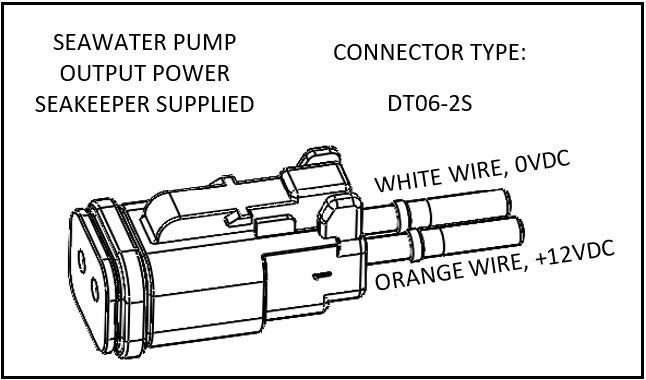
- The Seawater Pump Power Output Cable must be routed and installed in the vessel from the Seakeeper 2 “SW Pump 12VDC Out” Deutsch connector plug (pins end) to the DC seawater pump cable Deutsch connector (socket end).
- Connect Seawater Pump Power Output Cable (socket end) to the customer-supplied receptacle end (pins end). The recommended wiring arrangement is shown in Figure 17
- Seakeeper DC Seawater Pump Assembly (P/N 30331), which is prewired for the Seawater Pump Output Cable, is available as an option with the Seakeeper 2.

3.3 Electrical Equipment Ground Connections
Seakeeper to Vessel Ground Connection Instructions
- Connect the Seakeeper foundation ground stud, shown in Figure 18, to vessel ground.
- Install Ground Wire, 4 AWG (25 mm2), (Customer Supplied), from the M6 brass ground stud to vessel grounding bus to comply with:
- EM / IEC 60204-1 Clauses 6.3.3 and 8.2.3.
- ABYC E-11 July 2021 Clauses 11.5.2 and 11.17.
- Install Ground Wire, 4 AWG (25 mm2), (Customer Supplied), from the M6 brass ground stud to vessel grounding bus to comply with:
NOTE: ONLY USE THIS LOCATION FOR GROUNDING THE SEAKEEPER TO THE VESSEL GROUND.
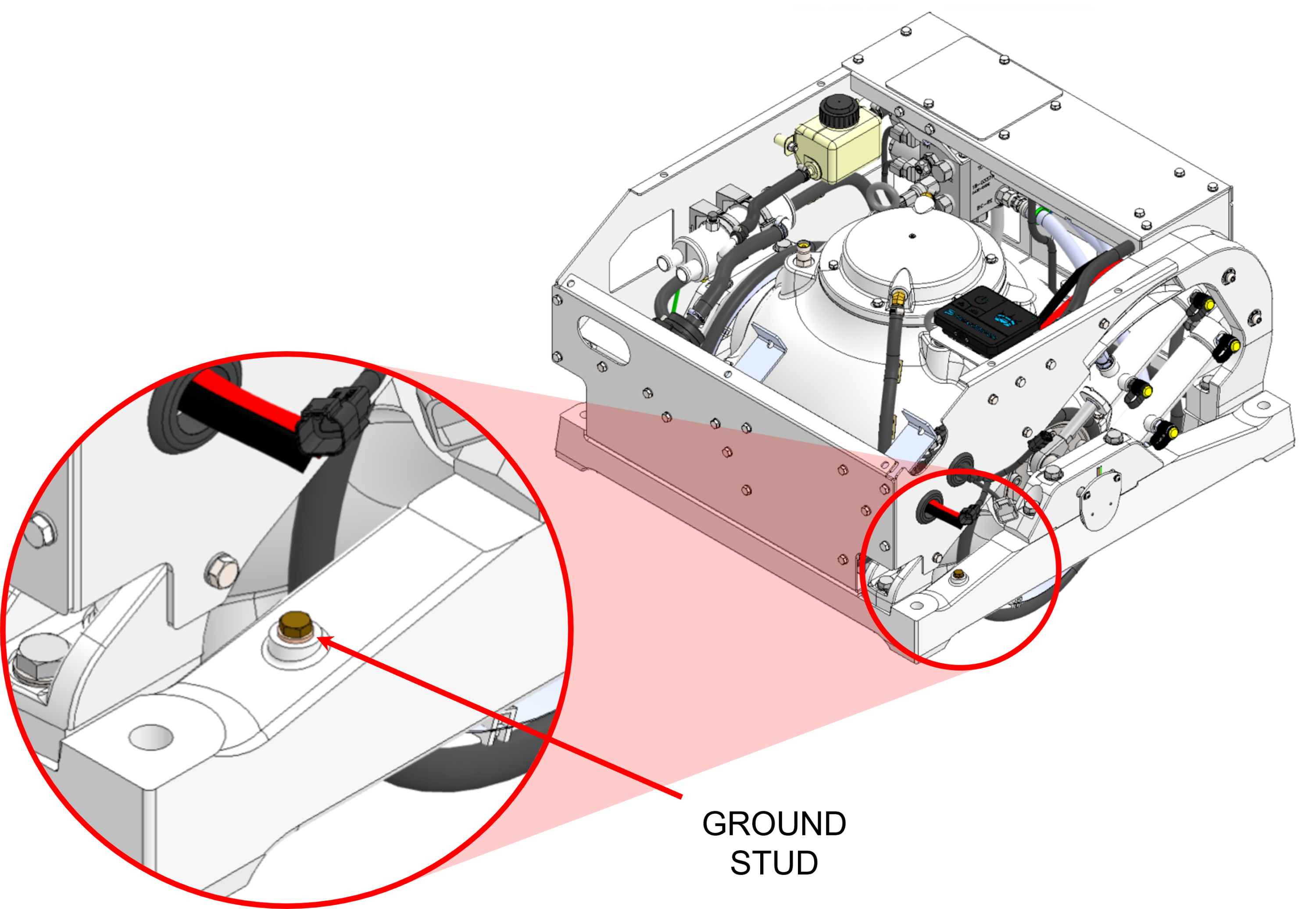
b. A proper ground connection is critically important for corrosion protection and helps to ensure the ignition protection of the unit by ensuring it does not carry any stray current.
c. NOTE: the ground is not referring specifically to a bonding system but for outboard boats generally refers to the outboard engine negative terminal, or its bus, to the DC grounding bus. This connection shall be used only as a means of maintaining the negative side of the circuit at ground potential and is not to carry current under normal operating conditions. See Figure 19.
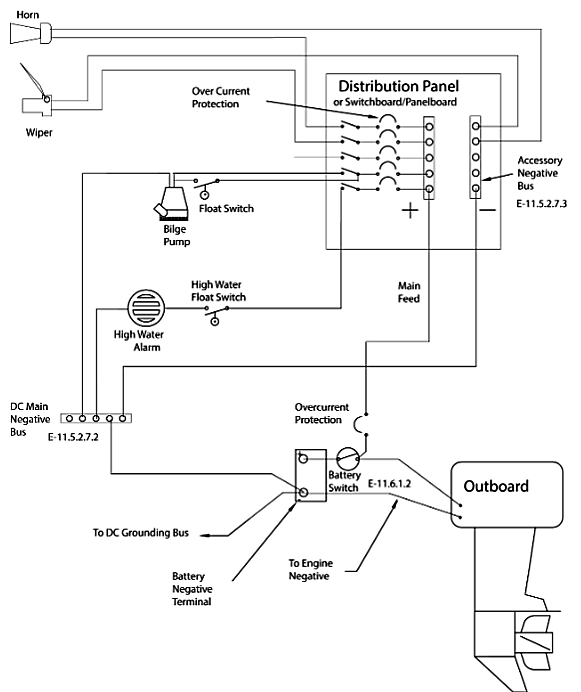
3.4 Display Connection
3.4.1 Seakeeper 2 Display Options
A Seakeeper display is required with the installation of a Seakeeper 2 to support the full functionality of the unit through the Seakeeper App in addition to the ConnectBox. The Seakeeper App provides an interface for controlling the Seakeeper 2 or viewing the Settings, Service, Info, and Alarm pages. The Seakeeper ConnectBox can be helm-mounted to provide an additional interface for the control of the Seakeeper 2 but does not replace the need for a Seakeeper compatible display.
The Seakeeper 2 has several options for establishing a Seakeeper display interface to support the Seakeeper App:
- Preferably, connect the Seakeeper 2 to a compatible Multifunction Display (MFD).
- Install an optional Seakeeper 5″ Touch Display.
- A combination of a compatible MFD and an optional 5″ Touch Display is also available, as seen in Figure 19 below (See drawing 90470).
Figure 20 provides a schematic of the display options. The subsequent sections outline the instructions and references for connecting the Seakeeper 2 to each of these display options.
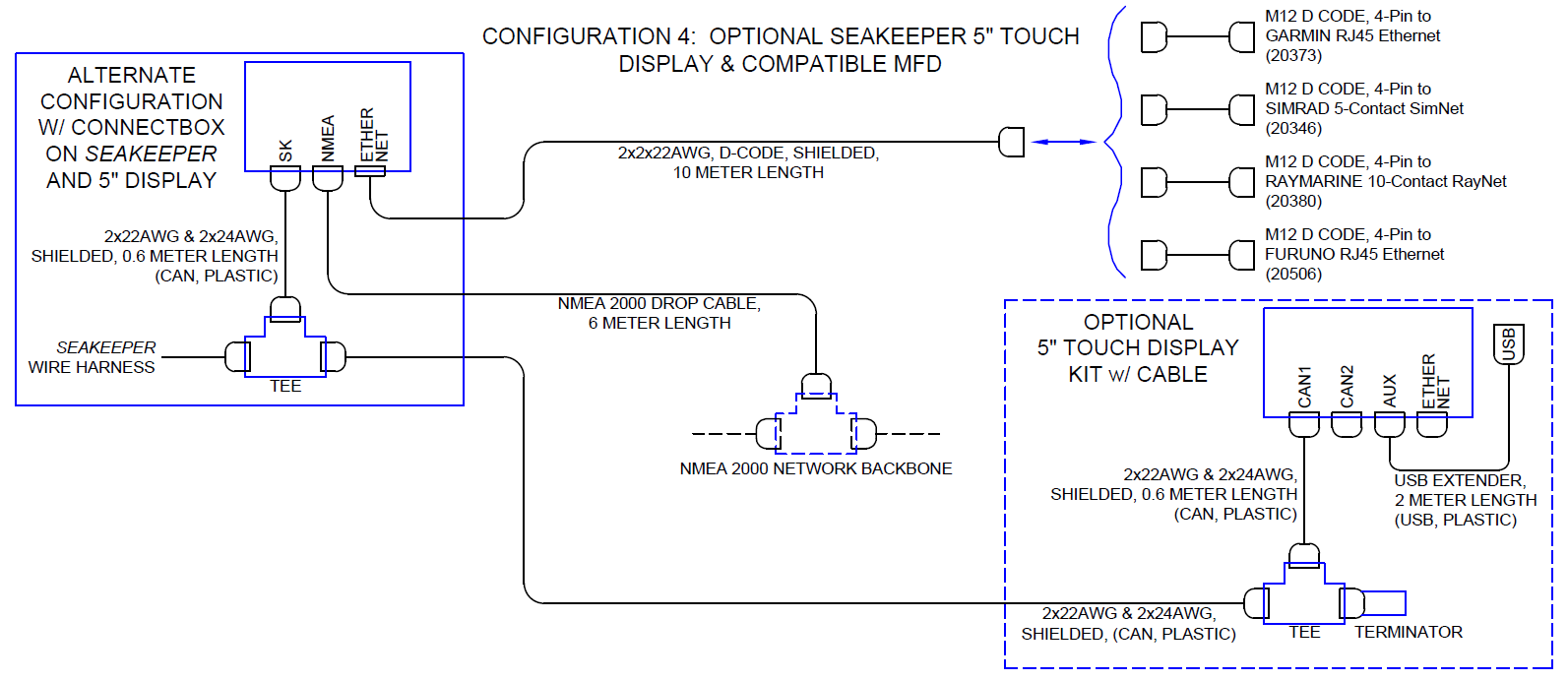
3.4.2 Connecting to Compatible MFD
- The Seakeeper 2 can be connected to a variety of available MFD systems. Refer to the Technical Bulletins Section of the Seakeeper Technical Library for manufacturer specific MFD compatibility technical bulletins.
- MFD specific Technical Bulletins will be updated regularly as new MFD systems become compatible. Currently Garmin, Raymarine, NAVICO, and Furuno offer compatible MFD models.
- Once a compatible MFD has been selected, refer to the appropriate manufacturer specific Technical Bulletin for integration instructions.
- Connect Seakeeper-supplied Ethernet Adapter, M12 D-Code, 32.8 ft (10 m), cable to MFD manufacturer-specific Ethernet adapter cable (See Figure 21). Custom Ethernet cables for specific MFD manufacturers are available through Seakeeper and must be purchased with the Seakeeper 2 if connecting to an MFD.

3.4.3 Connecting to an Optional Seakeeper 5″ Touch Display
If not utilizing a compatible MFD display, a Seakeeper 5” Touch Display must be purchased from Seakeeper. The Seakeeper 5” Touch Display (P/N 90467) includes the components shown in Figure 22 and will be integrated with the ConnectBox.
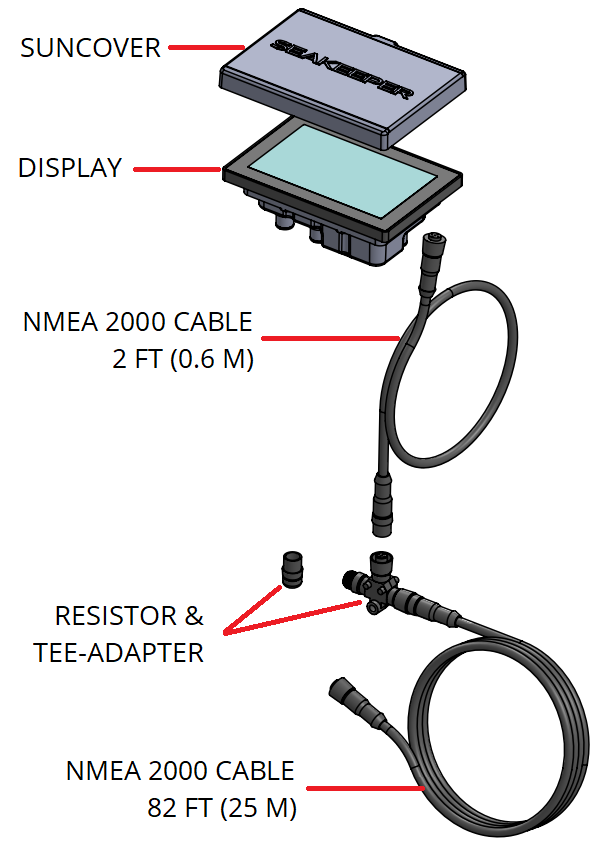
- Determine location of Seakeeper 5” Touch Display:
- The desired location of the 5” Touch Display must be determined with respect to the vessel’s arrangement.
- The 5” Touch Display should be located on or near the helm or another easily accessible location.
- Route CAN communications cable:
- The CAN Cable Assembly is a 32.8 ft (10 m) shielded cable that connects the ConnectBox to the 5” Touch Display.
- The CAN cable assembly must be routed and installed in the vessel from the Seakeeper wire harness CAN Tee to the Tee Adapter at the Seakeeper 5” Touch Display, included with P/N 90467.
- Install Seakeeper 5” Touch Display equipment:
- Console space required: Approx. 5.24 W x 3.70 H in. (133 x 94 mm)
- Mounting Instructions, Surface Mount: see Envelope and Mounting Details, in Drawing No. 90438 – 5” Operator Display Envelope and Mounting Details.
- CAN communications tee adapter and terminator mounting instructions:
- Console space required, Rear: Approx. 4 W x 3 H in. (102 x 76 mm), rear
- Mounting Instructions: Rear mount on vessel console panel, within 2 ft (0.6 m) of Display.
- Hardware required: One mounting screw for .197 in. (5 mm) diameter mounting hole on Tee Adapter.
- Connect Seakeeper 5” Touch Display Equipment:
- The Seakeeper 5” Touch Display is connected in accordance with Drawing No. 90470 – Seakeeper 2 Cable Block Diagram, as shown in Figure 23.

3.4.4 NMEA 2000 Network Connection
The Seakeeper 2 requires a connection to the vessel’s NMEA 2000 network backbone via a drop cable for access to the GPS signal. The Seakeeper 2 will monitor information on the NMEA network to support and optimize the performance of the Seakeeper 2. If no GPS signal is detected, a warning will appear on the Seakeeper display. The Seakeeper will not spool-down, but the operation of the unit will be limited until the GPS signal returns.
- Install customer-supplied NMEA 2000 Tee Adapter (space required: approximately 4 W X 3 H in. (102 X 76 mm).
- Connect NMEA Backbone to Tee Adapter. NOTE: NMEA drop cable can be no longer than 19.6 ft (6 m) in length.
- Connect Seakeeper-supplied NMEA cable (P/N: 30332) to the customer-supplied NMEA 2000 Tee Adapter on vessel’s NMEA 2000 backbone.
- An active NMEA 2000 compatible GPS signal is required on the vessel’s NMEA 2000 backbone to operate the Seakeeper 2.
- If no GPS signal is detected, a Speed Over Ground (SOG signal) warning will be present on the Seakeeper app. See TB-90640 for NMEA connectivity guidance.
- An active NMEA 2000 compatible GPS signal is required on the vessel’s NMEA 2000 backbone to operate the Seakeeper 2.
3.4.5 ConnectBox Helm Mounting – Optional
- Console space required: Approx. 3.41 L x 4.15 W in. (87 x 106 mm).
- Mounting Instructions, Surface Mount: See Drawing No. 90558 – ConnectBox Helm Mounting Kit, for details.
- Mount ConnectBox Replacement Blank insert into Seakeeper 2 enclosure at the original location of the ConnectBox.